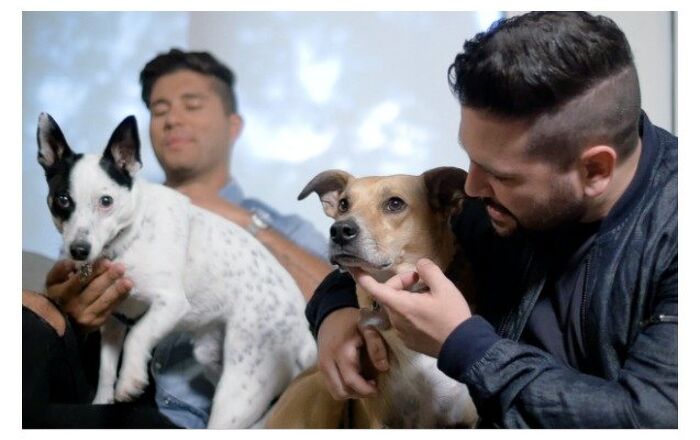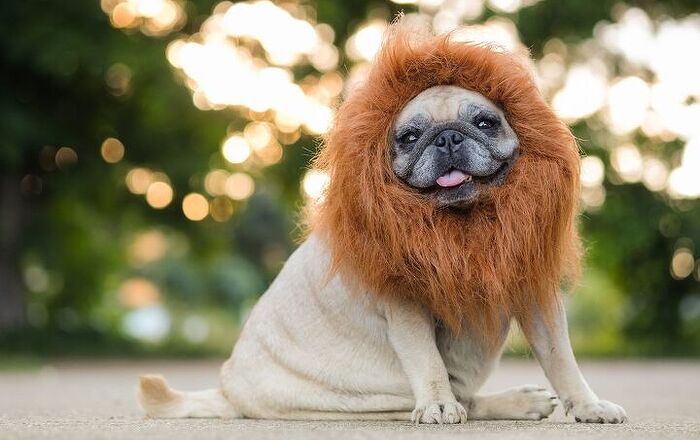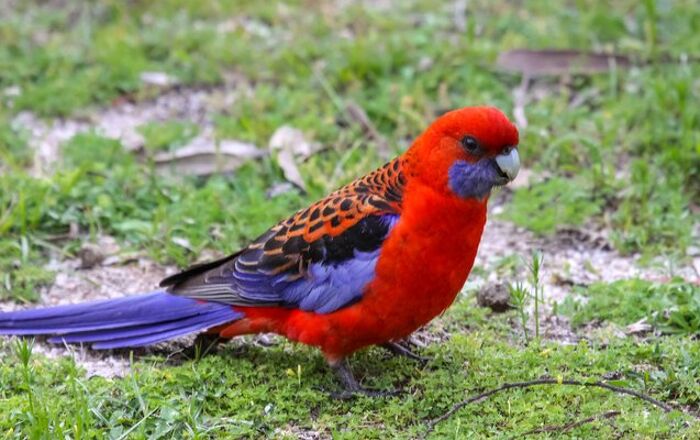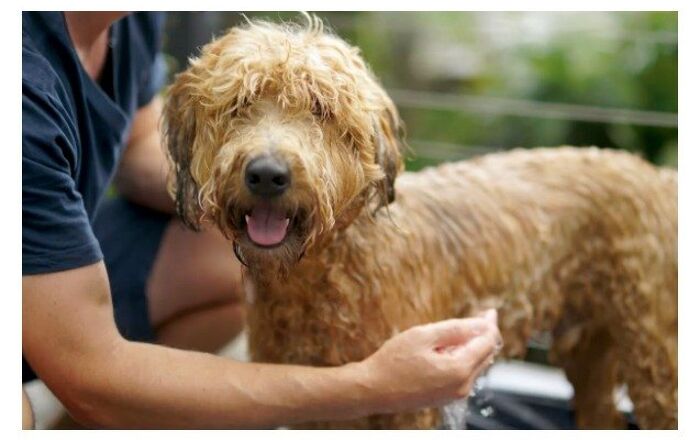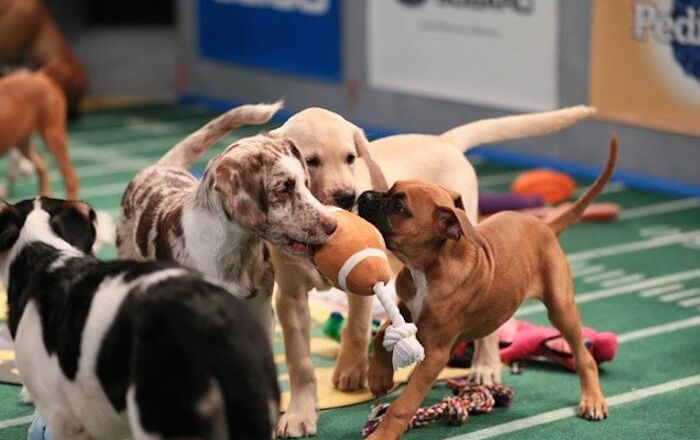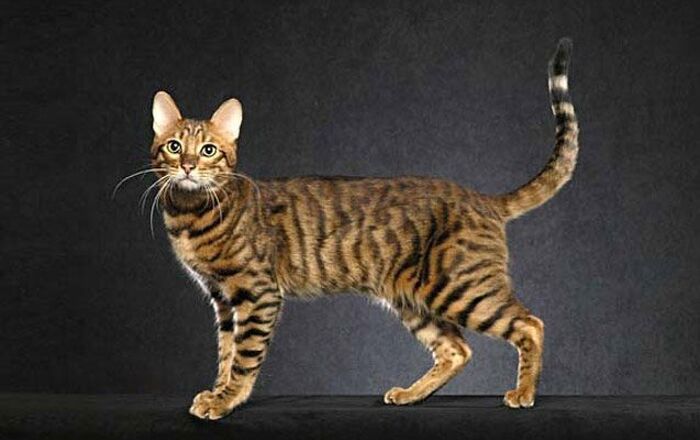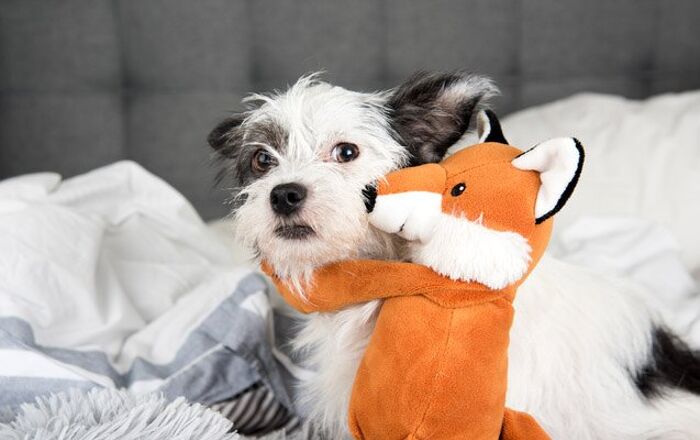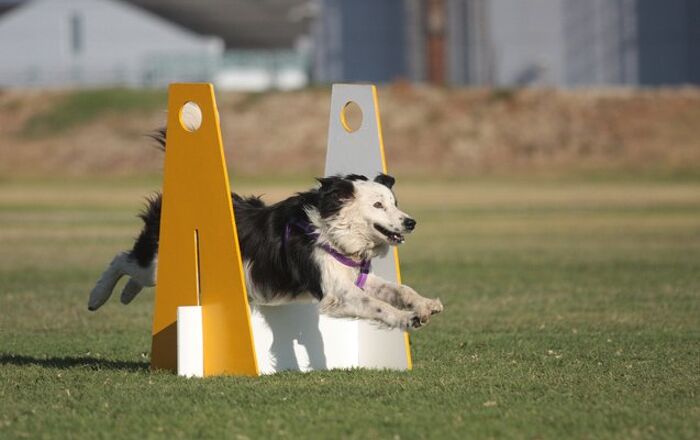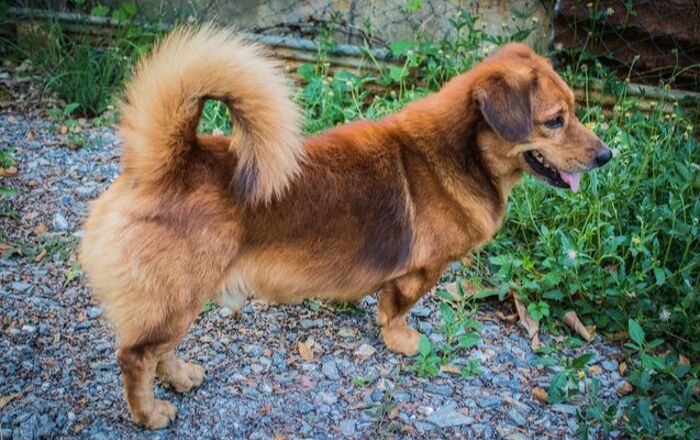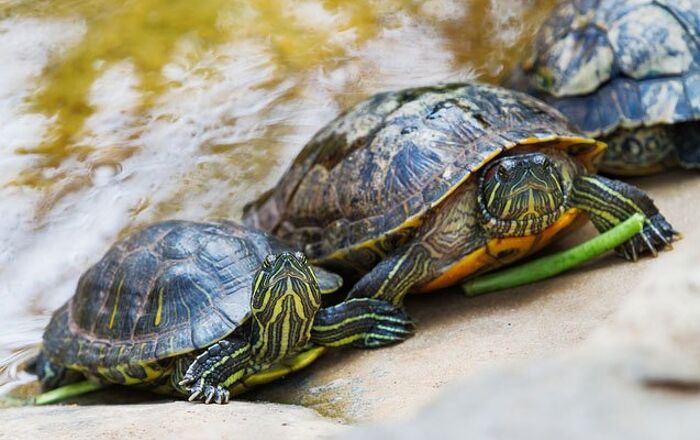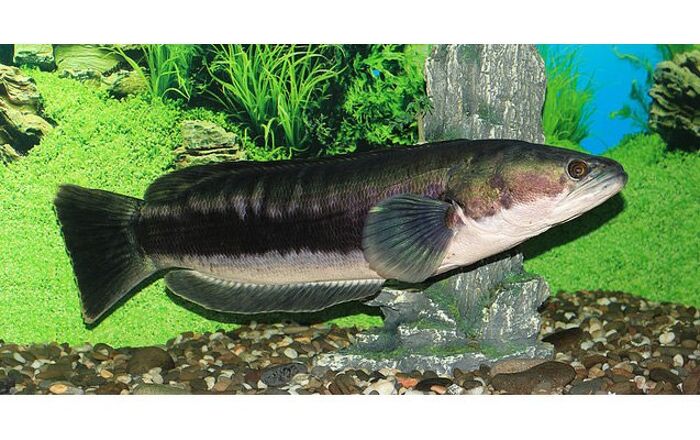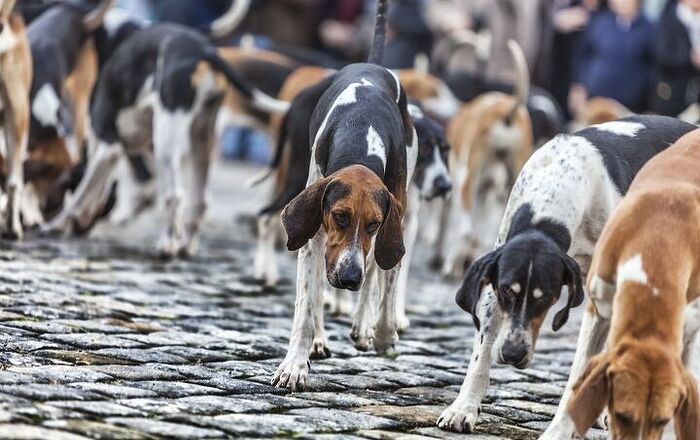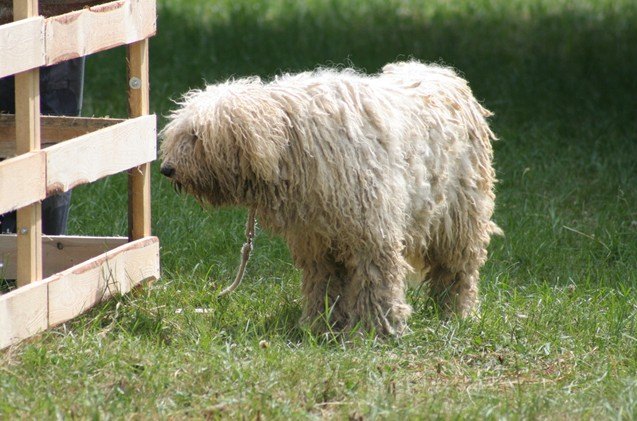
Komondor Basics
The Komondor is a sneaky flock-guarding dog. With his long, heavily-matted white coat, this dog blends right in with the sheep, so predators have no idea what’s in store for them! But even if he’s not guarding sheep, the Komondor is a wonderful companion for the right family. Also known as the Hungarian Komondor, the Hungarian Sheepdog and the Kom, this breed likes to be put to work. Whether it is guarding sheep or guarding your family, the Komondor is happy to be watching your back.
He may look like a mop, but the Kom is known for his dignity, strength and courage. Even though this dog is generally reserved and serious with strangers, he’ll be open to showing his love to his family. His coat takes some time and energy to care for, so this is not a breed for anyone looking for low-maintenance grooming. Read on to learn more about the Komondor.
He may look like a mop, but the Komondor is known for his dignity, strength and courage.
Origin
A staple on Hungarian farms, the Komondor was used by farmers to guard sheep. It would blend in with the sheep and protect them against wolves and other predators. Their coat let them blend in with the sheep and it provided protection against vicious predators. On top of that, their coat kept them warm in the winter and prevented sunburn in the summer.
The Komondor was bred for centuries for its bravery, performance and courage. They were never cross-bred with other dog, but this was not done for showing or commercial purposes.
After World War II, the Komondor was almost extinct, but was brought back by passionate fanciers. It made its way to North America in the 1930s.
Pedigree
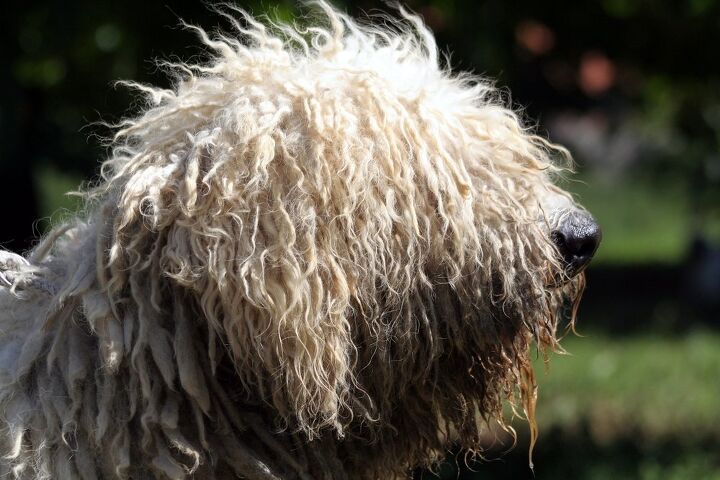
Dating back to the 16th century, the Komondor is the largest of the native Hungarian breeds. This breed is a descendant of the Aftscharka (or Ovtcharka), a dog that was used by nomadic tribesman known as Cumans.
Food/Diet
Depending on how active your Komondor is, you’ll have to feed your dog about 3 to 4 cups of a high-quality dog food daily, which should be split into two meals. This will prevent bloat, especially if your Kom likes to gulp down his food.
Since this is a large dog, you must ensure that your Komondor receives obedience training.
Training
Since this is a large dog, you must ensure that your Komondor receives obedience training. Start as early as possible for the best results. This breed becomes obstinate when bored, so it’s in your best interest to keep training sessions interesting and upbeat. Use positive reinforcements for a job well done.
Because the Komondor can be wary of strangers, socialization skills must be introduced when your dog is a puppy. Take your dog to new places and introduce him to new people as often as you can. As a natural guard dog, the Kom will be aggressive if he is not socialized properly as a puppy.
Weight
The Komondor is a large to extra-large dog, tipping the scales from 80 to 100 pounds.
Temperament / Behavior
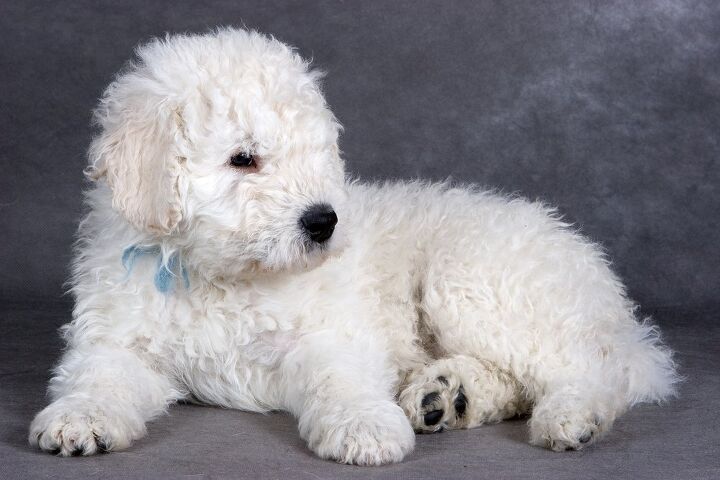
As a livestock guarding dog, the Komondor is calm and steady, but when they feel threatened, they will defend their herd. These days, Komondors are also a wonderful family dog, as they are affectionate and protective of their family and people they know, and will be gentle with children. As we have mentioned before, the Kom is wary of strangers, but after being introduced, the Komondor will warm up to these new people. Once they are socialized properly, Komondors are loving companions.
Common Health Problems
Komondors are generally healthy, but they may be subject to certain health conditions. These include bloat (gastric dilatation), cataracts, entropion and hip dysplasia.
Life Expectancy
Expect your Komondor to live about 10-12 years, a normal amount of time for a dog of its size.
Exercise Requirements
Komondors do well with moderate exercise needs. These can consist of two or three short walks daily or adequate playtime in the yard. If you have a yard, it needs to be securely fenced so they can define their territory. As well, it will keep other animals from entering that territory.
As a livestock guarding dog, the Komondor is calm and steady, but when they feel threatened, they will defend their herd.
AKC
The American Kennel Club has this to say about the breed: “A large, muscular breed, the Komondor is mostly known for its unusually dense, protective coat of heavy white cords (which make him look like a giant mop!) that form naturally as the breed matures in age. The coat serves to cover vulnerable body parts in case of attack, helps him blend in with his flock and protects him from weather extremes. While he has been a working dog in Hungary for ten centuries, he is also found in the show and obedience rings in the United States.” The Komondor was recognized by the AKC in 1937.
Coat
The Komondor coat is what helps set him apart from other dogs and helps him blend in with the sheep he is guarding. The Kom starts out with soft curls that grow into long, feltlike cords to give him that mop-like appearance. His undercoat is soft and woolly, while the topcoat is coarse. His coat color starts out as cream or buff, but it turns to while as he grows up.
You won’t need to brush the Komondor’s coat, but it will take work to keep it looking its best. Once his coat begins to cord, you’ll need to keep them clean and dry so they don’t get dirty. You’ll have to separate the cords on a regular basis to stop matting and get rid of dirt. Expect baths to take hours, as you’ll have to ensure your Komondor’s coat is completely dry. You can opt to keep your Kom’s coat short and cord-free, but then you’ll miss out on his distinctive appearance.
Puppies
It takes about three years for Komondor puppies to reach maturity. But once they reach it, you can expect it to have a calm, devoted personality. Puppies will need to be properly socialized, as this breed leans toward being reserved with people and other animals. Enroll your dog in Puppy Kindergarten classes and be sure to introduce him to different kinds of environments while he is still young.
Photo credit: Piotr Zajac/Shutterstock, Utekhina Anna/Shutterstock



